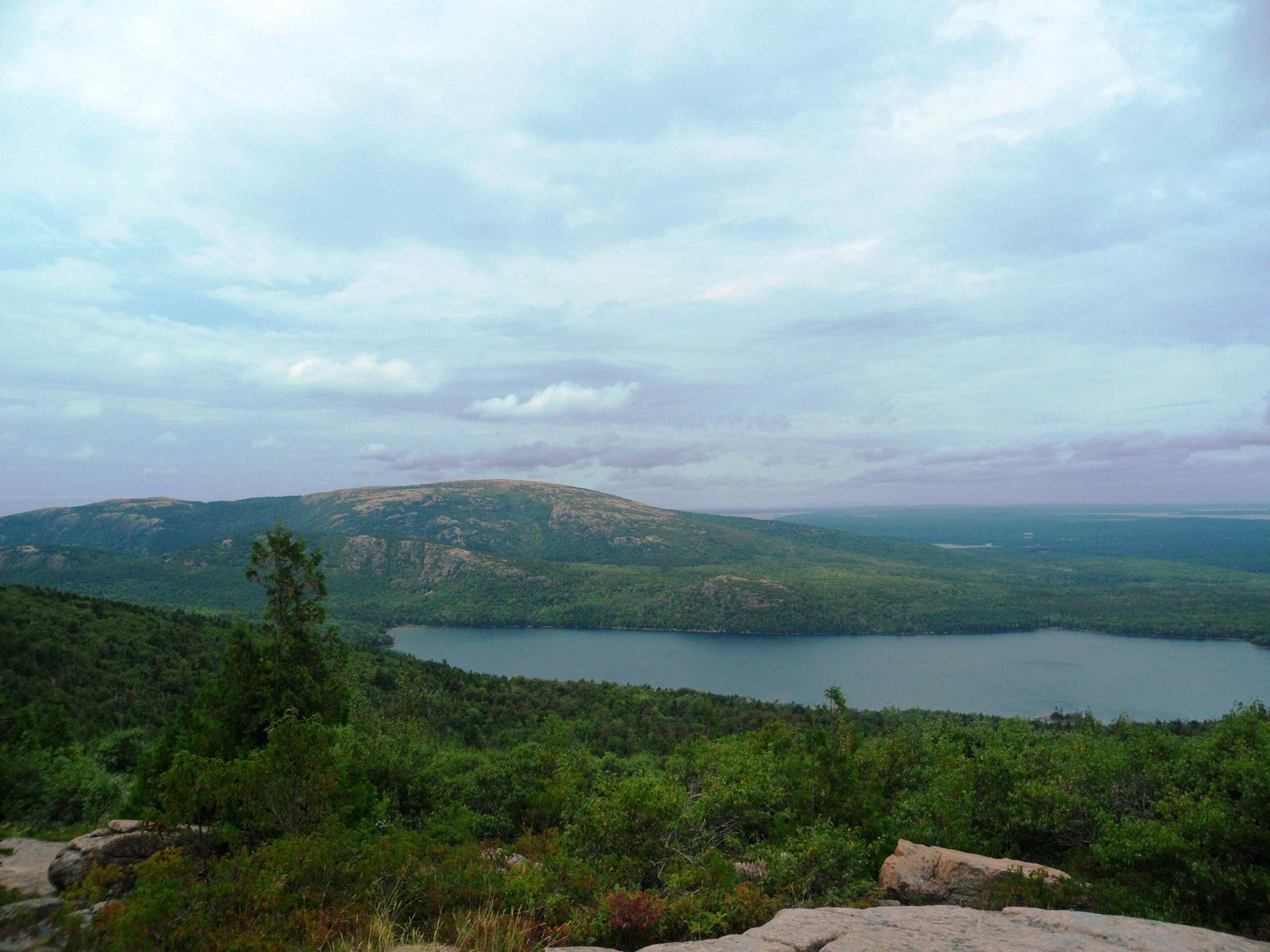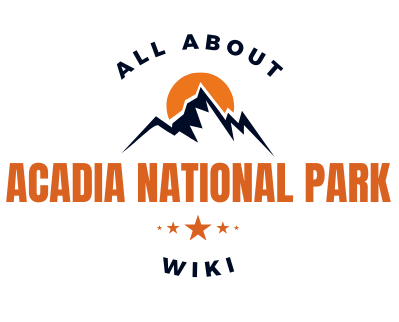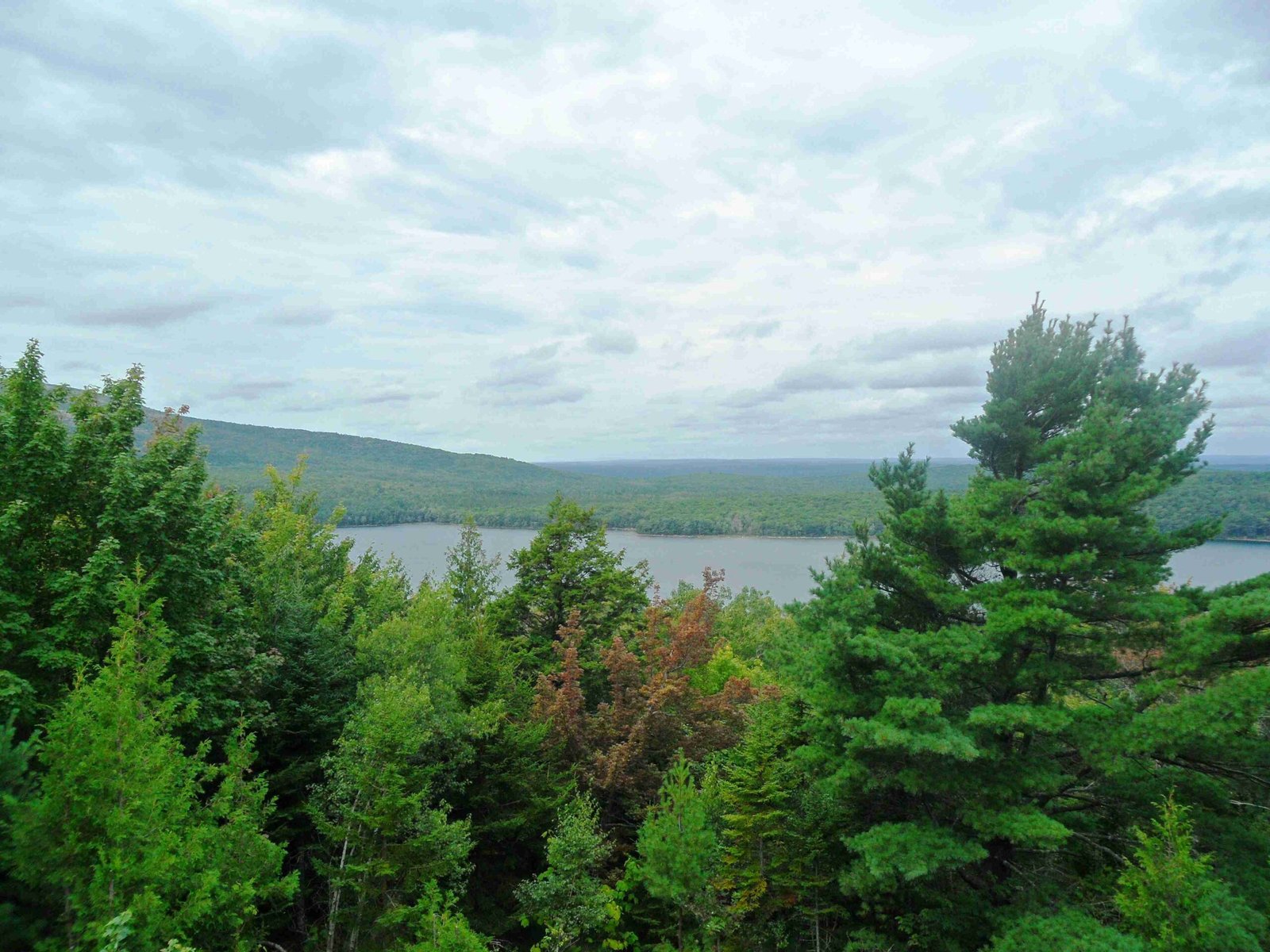Acadia National Park offers a diverse range of hiking trails, from easy coastal walks to challenging mountain climbs. Trail difficulty varies based on factors such as elevation gain, terrain, and length. This guide provides a detailed overview of trail difficulty ratings, specific trail information, and considerations for hikers of all levels exploring Acadia’s stunning landscapes.
What Are the Difficulty Ratings for Acadia National Park Trails?

Acadia National Park uses a three-tier system to rate trail difficulty:
- Easy: Relatively level trails with some uneven ground, suitable for families and leisurely walks.
- Moderate: Trails with some steep grades and level stretches, involving more climbing and varied terrain.
- Hard/Strenuous: Trails with steep grades, steady climbs, and often technical sections like iron rungs, ladders, and exposed cliffs.
How Do Elevation Gains Affect Trail Difficulty?

Elevation gain is a crucial factor in determining trail difficulty. Here’s a breakdown:
- Easy trails: Typically have minimal elevation gain (0-350 ft)
- Moderate trails: Feature more significant elevation changes (350-1,000 ft)
- Hard trails: Often involve steep and substantial elevation gains (1,000+ ft)
For example:
– Ocean Path Trail (Easy): 350 ft elevation gain
– Cadillac Mountain North Ridge Trail (Moderate): 1,100 ft elevation gain
– Precipice Loop Trail (Very Difficult): 1,050 ft elevation gain
What Are Some Specific Trail Difficulties and Characteristics?
Here’s a table showcasing some popular trails with their difficulty ratings and key features:
| Trail Name | Difficulty | Elevation Gain | Distance | Notable Features |
|---|---|---|---|---|
| Ocean Path Trail | Easy | 350 ft | 4.5 miles RT | Coastal views, Thunder Hole |
| Bubble Rock Trail | Intermediate | 200-300 ft | 0.9 miles OAB | Unique glacial erratic |
| Beehive Loop Trail | Hard | 500 ft | 1.5 miles loop | Iron rungs, exposed cliffs |
| Precipice Loop Trail | Very Difficult | 1,050 ft | 2.3 miles loop | Vertical climbs, ladders |
Which Trails Are Best for Beginners in Acadia National Park?
For those new to hiking or seeking easier trails, consider these options:
- Ocean Path Trail
- Difficulty: Easy
- Distance: 4.5 miles roundtrip
-
Features: Stunning coastal views, relatively flat terrain
-
Cadillac Mountain Summit Loop
- Difficulty: Easy
- Distance: 0.5 miles loop
-
Features: Panoramic views, accessible summit
-
Jordan Pond Path (partial)
- Difficulty: Easy (initial section)
- Distance: 1-2 miles (easy section)
- Features: Scenic lake views, flat terrain around the pond
What Challenges Should Hikers Consider on Easy Trails?
Even on easier trails, hikers should be aware of:
- Weather conditions: Trails can become slippery or muddy after rain
- Crowds: Popular easy trails can get busy, especially during peak season
- Sun exposure: Many coastal trails offer limited shade
How Can Hikers Access Different Trails in Acadia?
Acadia National Park provides several options for accessing trails:
- Personal Vehicle: Most trailheads have designated parking areas along Park Loop Road
- Island Explorer Shuttle: Free shuttle service connecting various trailheads
- Bicycle: Some trails are accessible via the park’s carriage roads
What Facilities Are Available at Trailheads?
Many trailheads in Acadia offer:
- Restrooms
- Water fountains (seasonal)
- Information kiosks with maps and trail details
- Parking areas (some with fees)
Always check specific trailhead information before your hike, as facilities may vary.
How Does Acadia’s Trail Difficulty Compare to Other National Parks?
While difficulty ratings are subjective and vary between parks, Acadia’s trails are generally considered:
- More technical than many other East Coast parks due to granite surfaces and iron rung routes
- Less strenuous in terms of elevation gain compared to Western mountain parks
- Unique in offering a mix of coastal and mountain terrain within a compact area
What Safety Considerations Are Important for Acadia’s Trails?
Regardless of trail difficulty, hikers should:
- Carry adequate water and snacks
- Wear appropriate footwear with good traction
- Check weather forecasts and tide tables (for coastal trails)
- Inform someone of your hiking plans
- Carry a map and compass or GPS device
How Can Hikers Prepare for More Difficult Trails in Acadia?
To tackle harder trails:
- Start with easier hikes to acclimate to Acadia’s terrain
- Gradually increase difficulty and distance
- Build endurance and strength through regular exercise
- Practice scrambling techniques on smaller rock formations
- Consider joining guided hikes to learn from experienced leaders
By understanding Acadia National Park trail difficulty ratings and preparing accordingly, hikers can safely enjoy the park’s diverse and breathtaking landscapes.
References:
1. TAKE A HIKE: Acadia National Park’s Top Trails | Geddy’s
2. 10 Best hard trails in Acadia National Park | AllTrails
3. Hiking Trails of Acadia National Park | Acadia Magic

